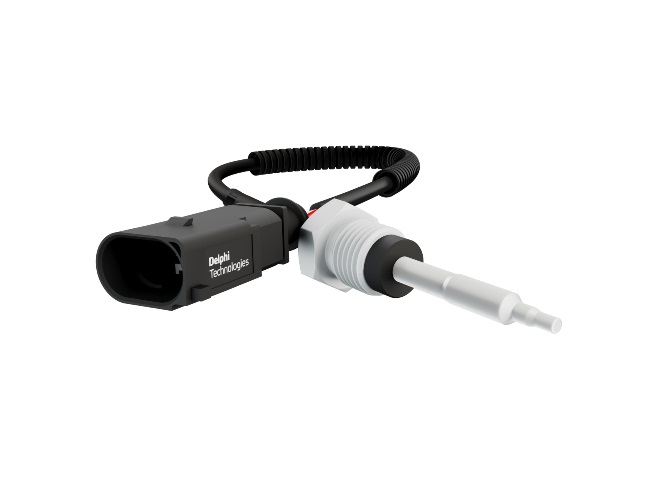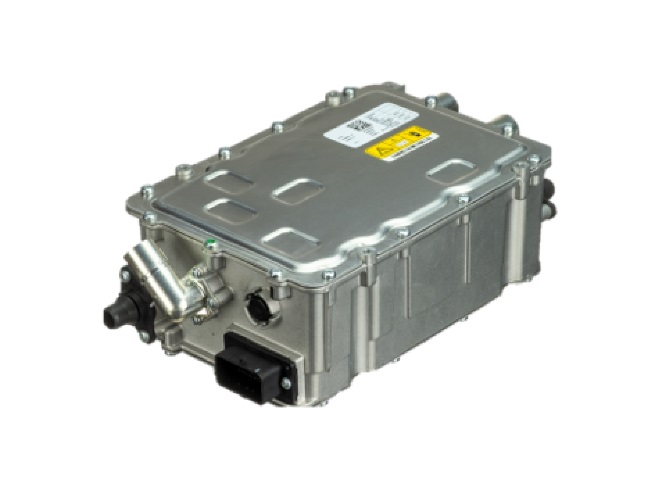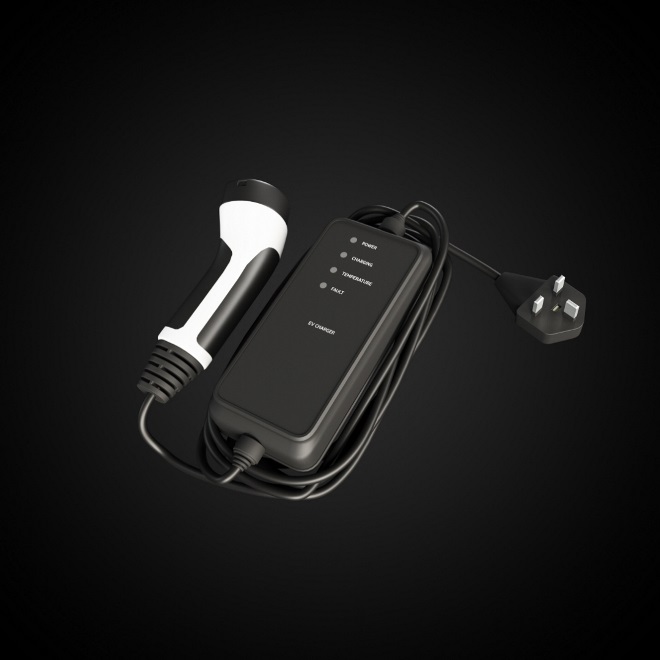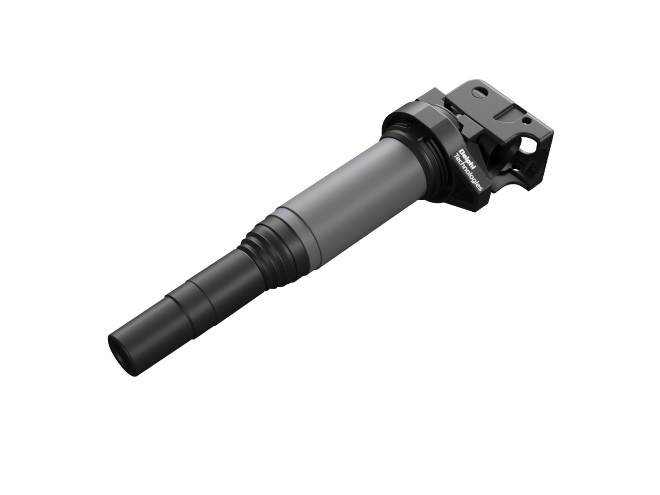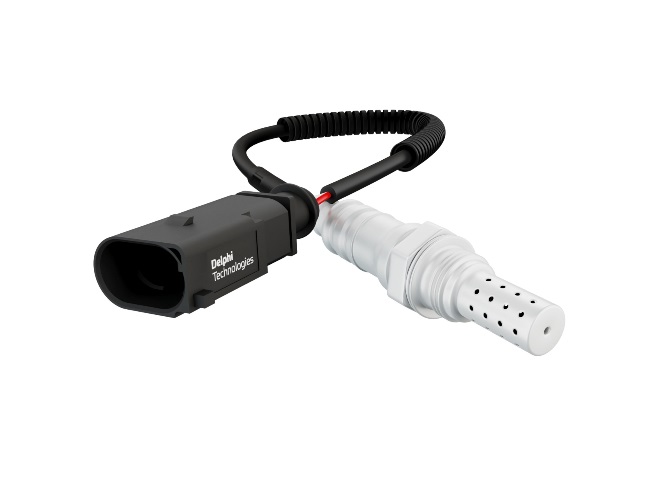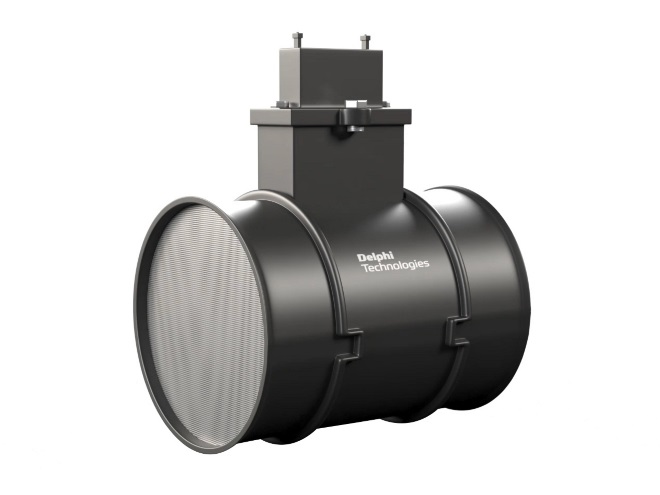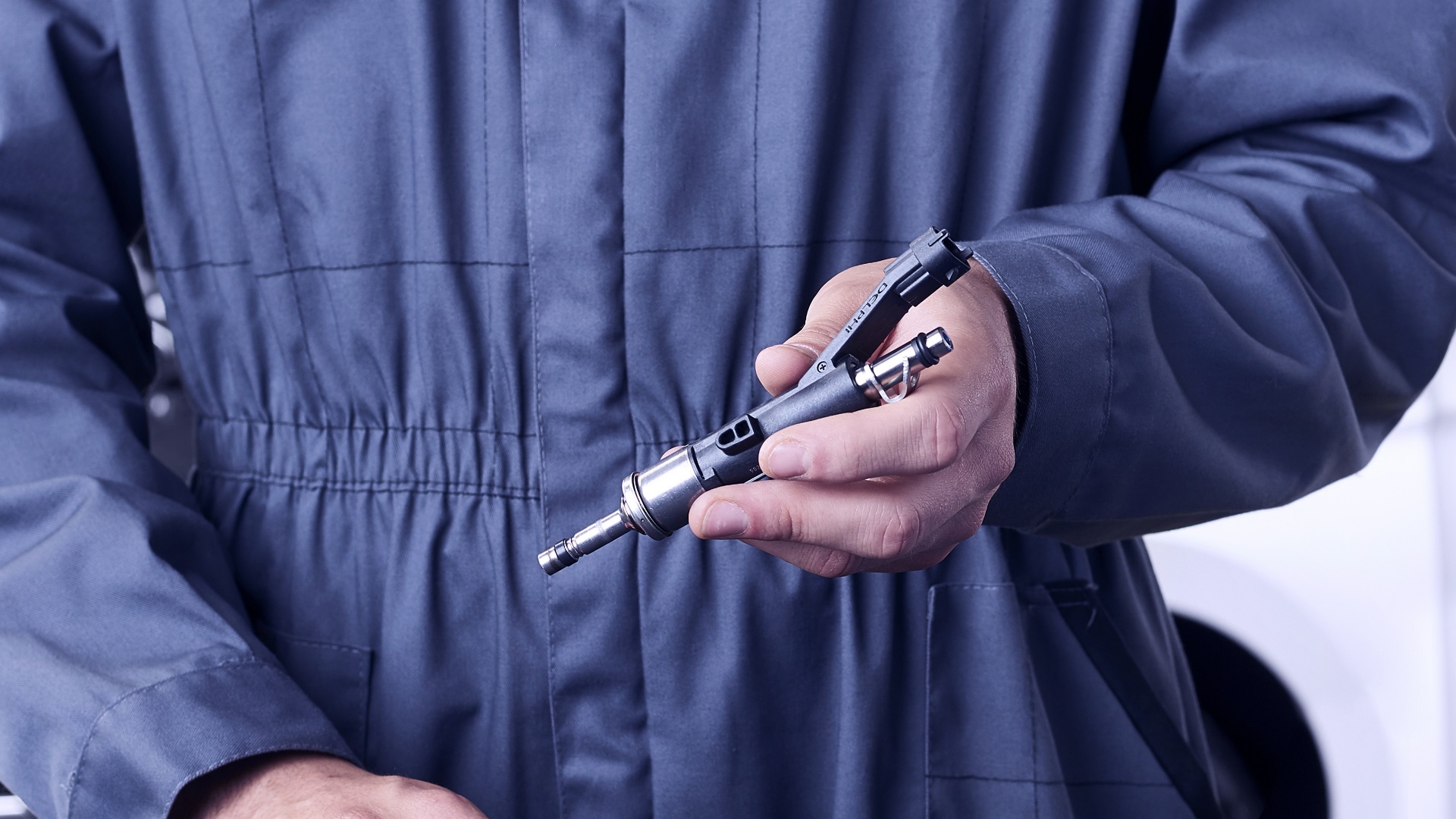Resource Highlights
According to industry experts, half of the new vehicles sold globally in 2030 will be electrified in some way, meaning hybrid electric vehicles (HEV), plug-in hybrids (PHEV), and battery electric vehicles (BEV) will become increasingly commonplace on our roads. But do you know the difference between a hybrid and a battery electric vehicle (H/EVs)? And what are the advantages of each? As a leading manufacturer of advanced propulsion technology at the heart of these vehicles, we at Delphi can fill you in on the what’s what with electrified vehicles.
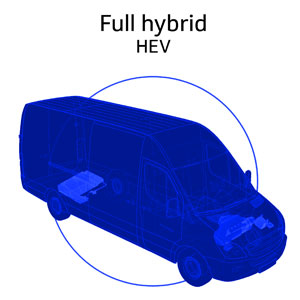
What is a hybrid car?
Unlike conventional vehicles, a hybrid car uses two different means of propulsion; an electric motor and an internal combustion engine. While the specifics will vary by type, the engine will most often be used to charge the vehicle’s battery which powers the electric motor. Another source of charge for the onboard battery is regenerative braking, or kinetic energy captured from the vehicle’s momentum when slowing down and/or braking then converted into electrical energy.
A hybrid electric vehicle (HEV) can be powered either directly by the engine, the electric motor or a combination of the two. Here, the engine is typically the main power source, with assistance provided by the motor and battery for electric-only driving at lower speeds and/or for a few miles at a time. In some hybrids, the internal combustion engine is only used for recharging the battery, while in others it drives the wheels directly, using an additional battery for some all-electric driving.
The different hybrid systems are variations of these 3 types:
1. Series hybrid
A series hybrid is a full hybrid that utilizes the electric motor for all driving, while the engine is only used to recharge the onboard battery. If the vehicle is traveling a longer distance, over 50 miles or more, the vehicle will switch over to the internal combustion engine to provide the driving power.
2. Parallel hybrid
A parallel hybrid is a full hybrid that powers the vehicle using both an internal combustion engine and an electric motor connected to a mechanical transmission. Power is distributed between the engine and motor to run at optimal operating ranges for each, making this hybrid more fuel efficient when driving long distances.
3. Mild hybrid
A mild hybrid uses a small battery and a motor-generator, to assist the powertrain, boosting the engine’s output when needed. For fuel savings, it will power down the engine when stopped or slowing down. It is the least expensive of the hybrid model types.
Whether a full hybrid or a mild hybrid, these dual-energy vehicles consume less fuel and emit fewer emissions than their gasoline engine or diesel engine equivalent, making them an attractive option for lower mileage or city driving conditions or anyone looking for better fuel economy.
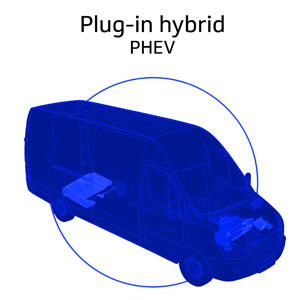
What is a plug-in hybrid car?
A plug-in hybrid vehicle (PHEV), also known as a plug-in hybrid electric vehicle or PHEV for short, is in between a hybrid and a fully electric car. As its name suggests, it is a hybrid car that can also be 'plugged in' and charged from an electric outlet, just like an electric car, as well as on the move. The main difference versus other hybrids is the higher capacity battery pack, which allows all-electric driving for longer (currently averaging between 20 to 40 miles). Once its EV range is depleted, the vehicle runs like a conventional hybrid. PHEVs give owners the benefit of all-electric driving for shorter trips and full hybrid driving range for longer distances. When used correctly, this helps to improve fuel efficiency and overall exhaust emissions.
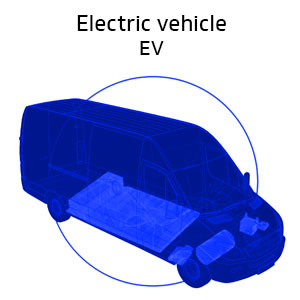
What is an electric car?
A battery electric vehicle (BEV) uses a battery-powered electric motor to power the vehicle 100 percent of the time. While it also utilizes regenerative braking, unlike hybrid vehicles, there’s no internal combustion engine to fall back on if the battery is depleted. That means you can charge or ‘refuel’ your car at home or at a charging station by plugging into an electric energy source. With no fuel, electric vehicles emit no tailpipe emissions – they don’t even have an exhaust – and are more cost effective to run.
On the downside, charging BEV batteries takes much longer than filling up a tank – several hours instead of minutes. Their driving range is also considerably less than a conventional hybrid, averaging 100 miles between charges. However, improvements
in both battery technology and fast charging electrical grid infrastructure will see this become less of an issue moving forward.
So, whether a hybrid, plug-in hybrid or fully electric vehicle, the principle is the same:
Electric vehicles offload all or part of the work of the conventional combustion engine to a battery-driven motor.




